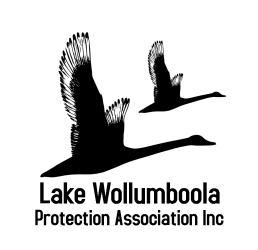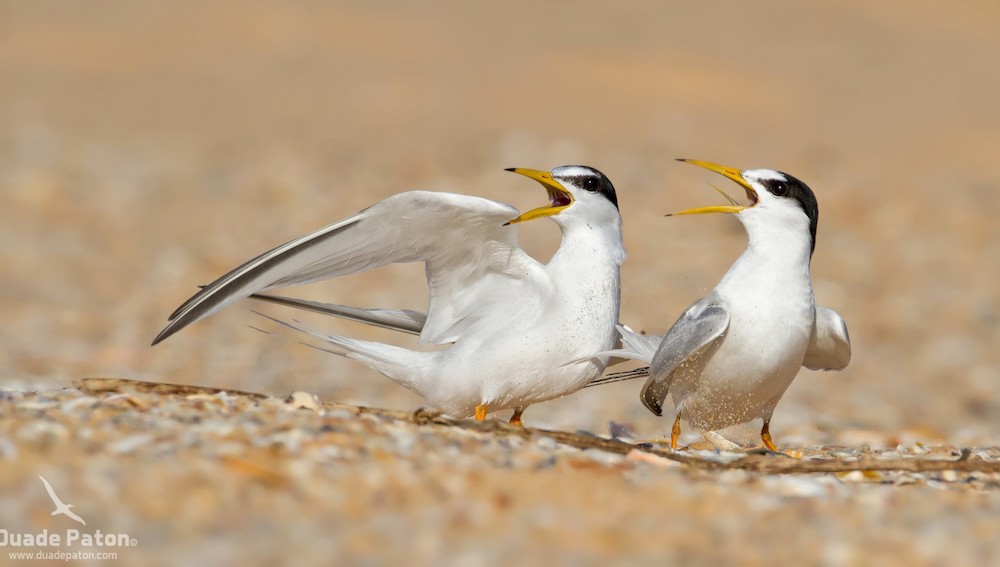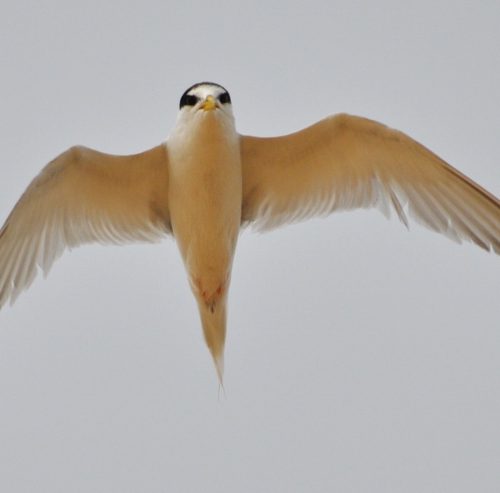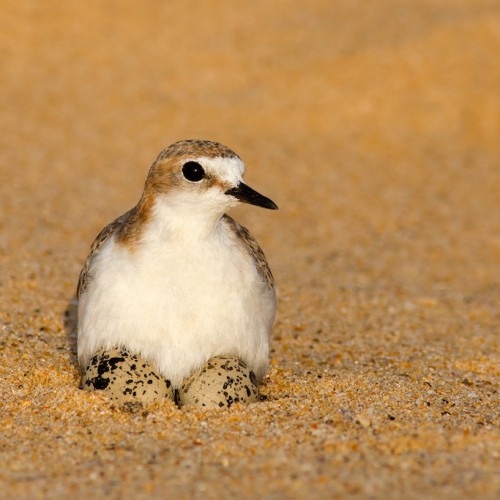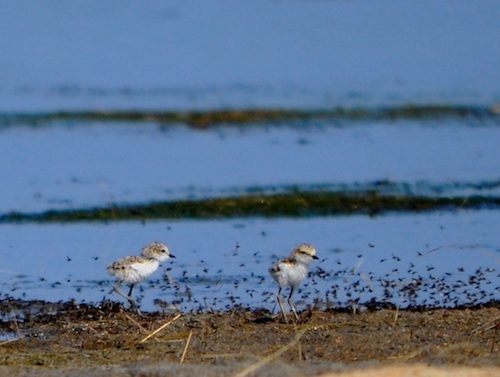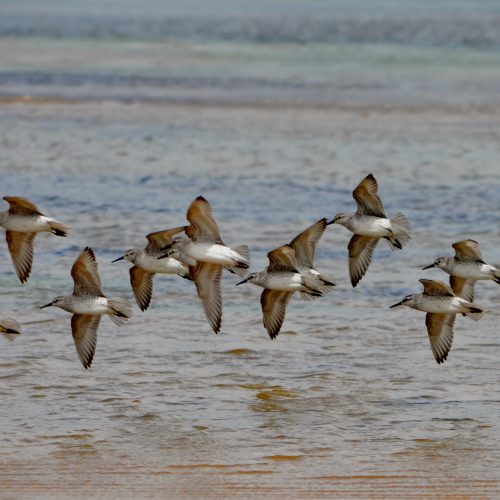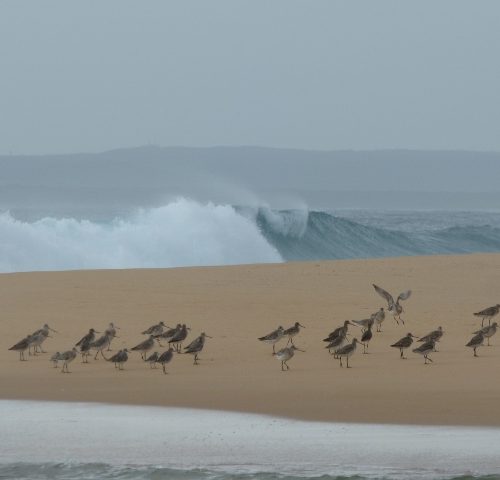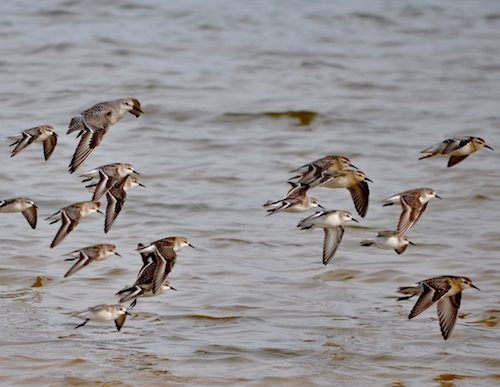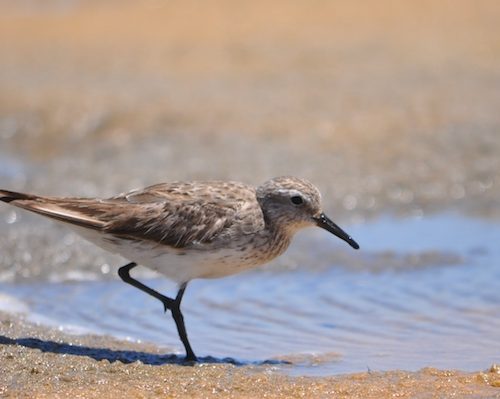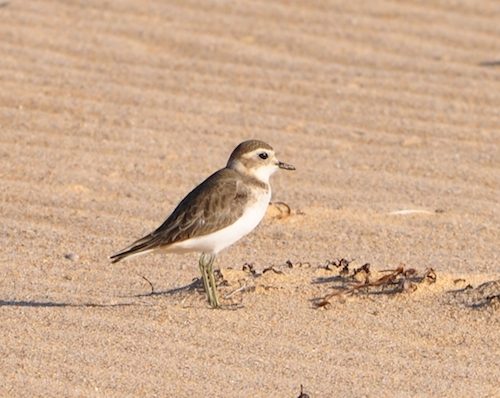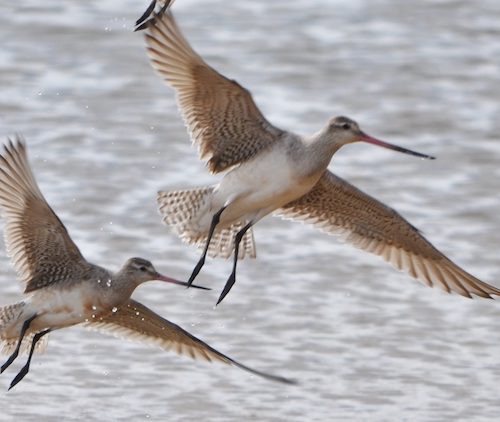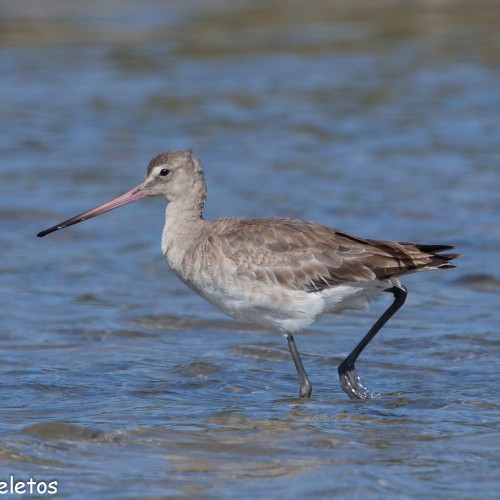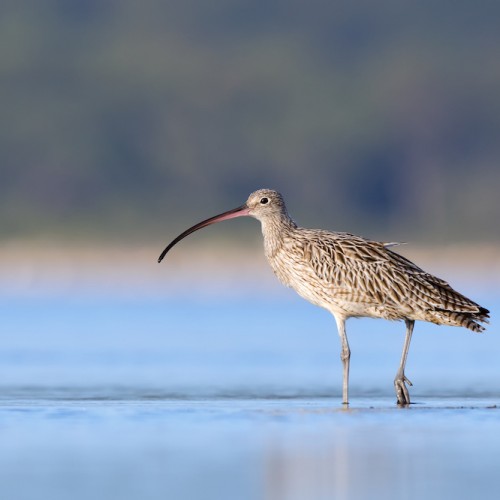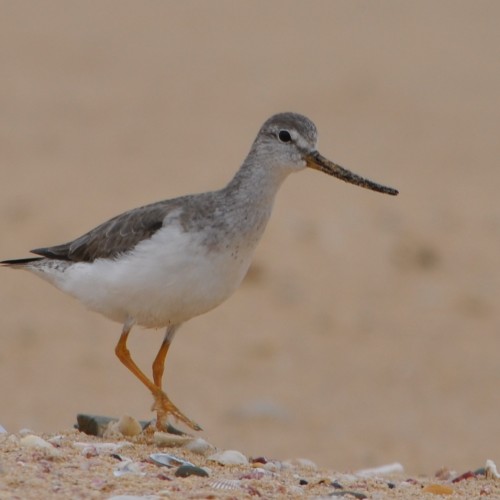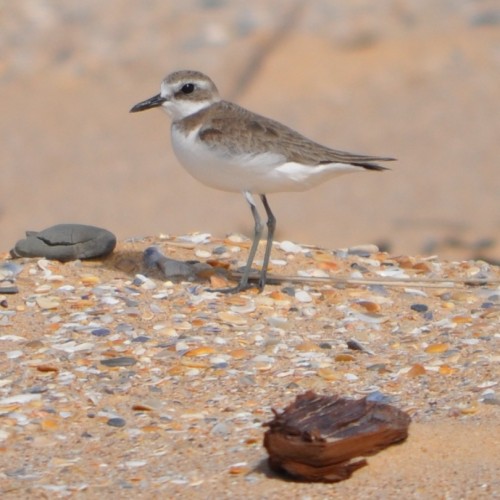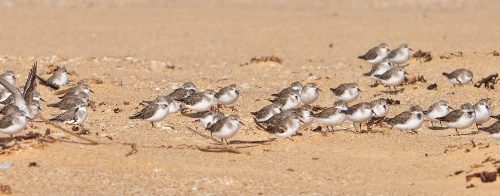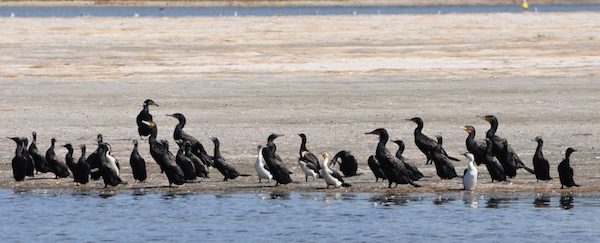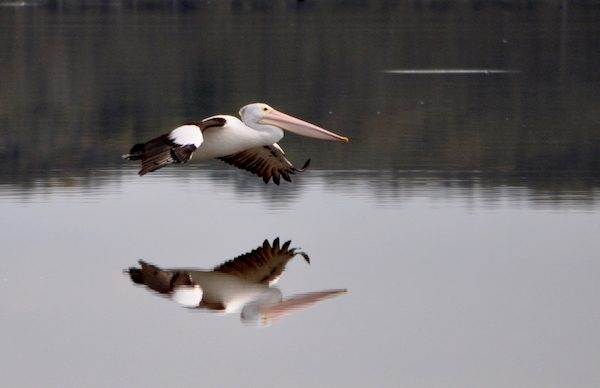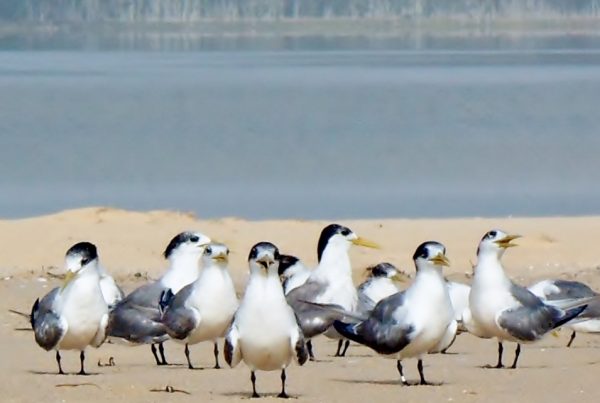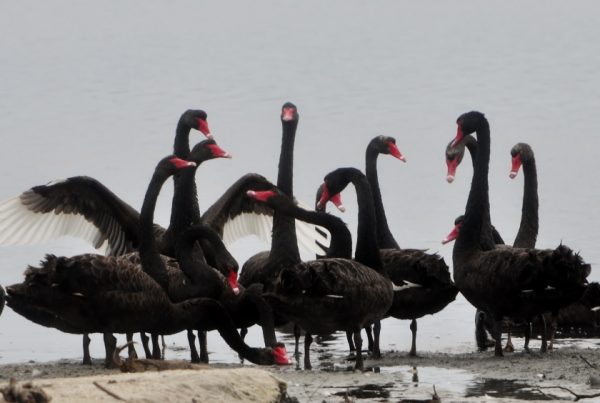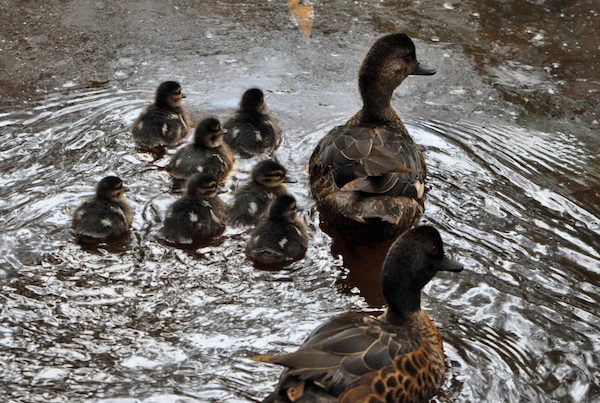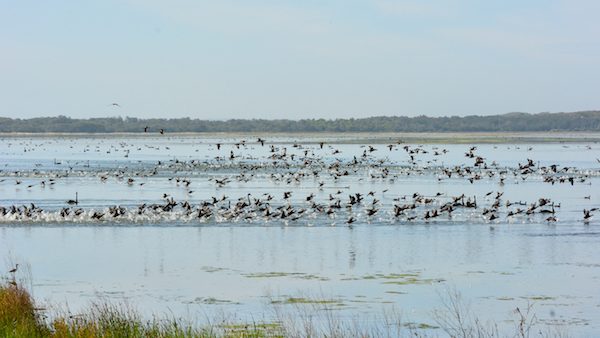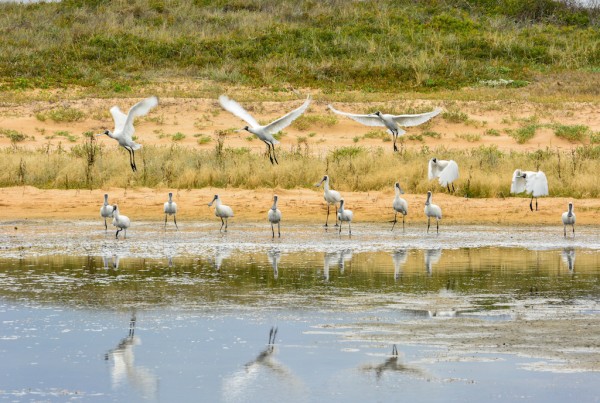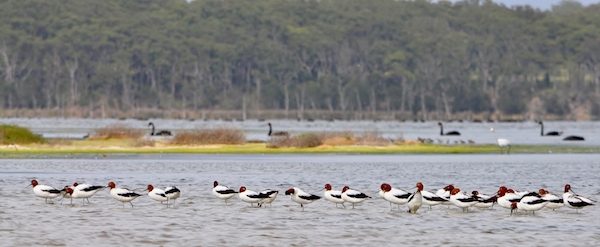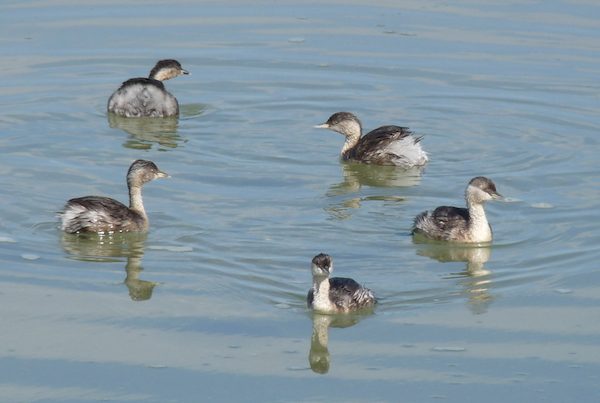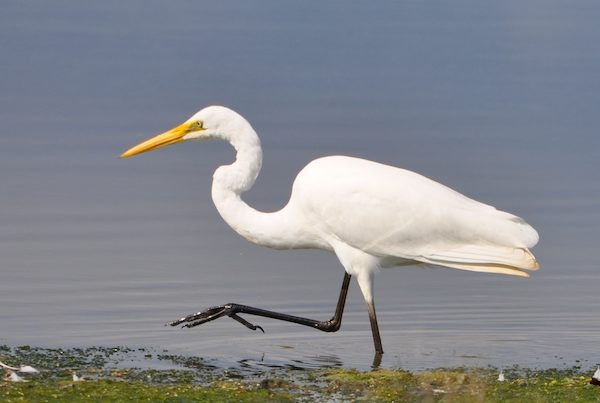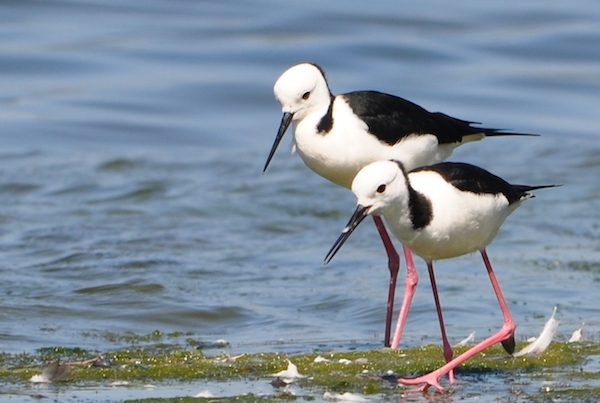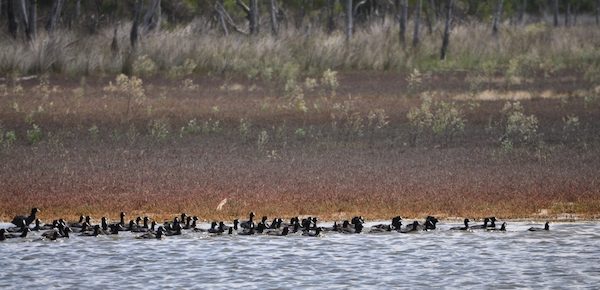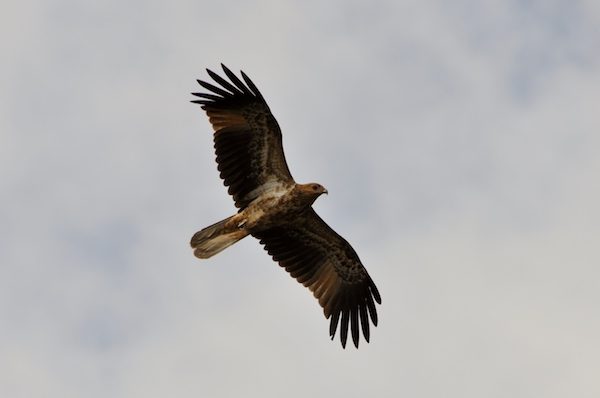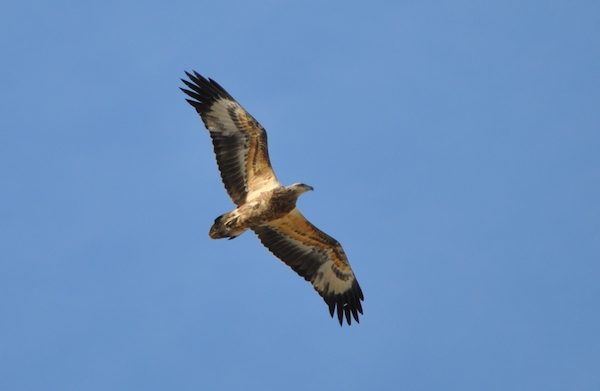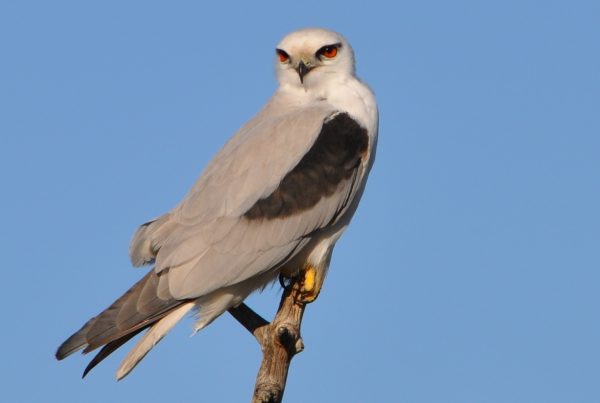Birdlife
Lake Wollumboola is renowned for the diversity of birdlife it supports, with over 100 species, as well as large numbers with up to 20,000 individual birds counted on occasions when lake levels are low. The diversity of habitats for feeding, breeding, roosting and shelter is extraordinary.
All year round you are likely to see tiny Red-capped Plovers on the sandbar, water birds including Black Swan, and Chestnut Teal, Eurasian Coot, Egrets, fish-eating birds such as Cormorants and Raptors including the White-bellied Sea Eagle.
During spring and summer, migratory shorebirds such as the Little Tern and waders, including Bar-tailed Godwits and Curlew Sandpipers visit, especially when Lake water levels are low.
The Gallery includes photos of bird species including, Shorebirds, Coastal and Seabirds, Water birds and Raptors. View our “Birds of Lake Wollumboola” brochure-also ”Birds of Lake Wollumboola” at http:/vimeo.com/194279078
Species listed as “Threatened” under Australian Government or NSW Government legislation are indicated by “T.”
